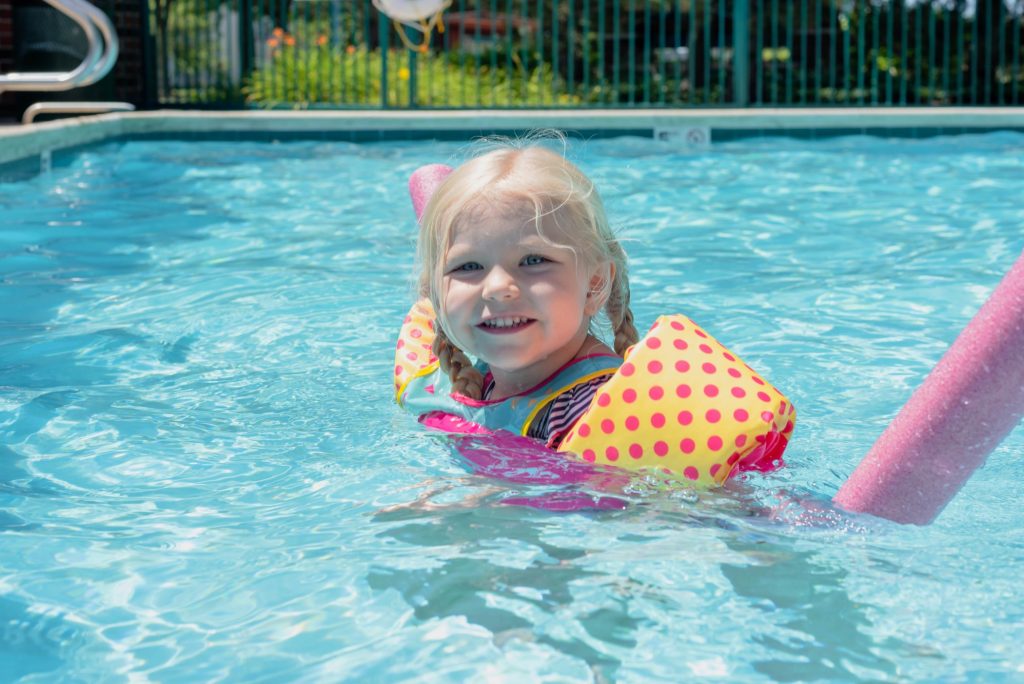Our pools can provide hours upon hours of great entertainment and relaxation, but in order to fully enjoy our pools safely, it’s good to understand the potential dangers for pool-goers and how to best avoid them. For instance, do you know what dry drowning is?
We all know that a typical drowning occurs when water enters your airways and fills the lungs, making breathing impossible. It’s not always fatal and drowning victims can often survive if they receive help right away.
Dry drowning is when water never actually reaches the lungs. Instead it is when breathing in water causes vocal cords to spasm and close – cutting off airways. There is also a condition called secondary drowning, when water gets into the lungs, irritating them and causing fluid build-up which results in increasing breathing difficulty. Neither is very common, but they are more prevalent in children.
Our kids are our most valuable gifts and the best way to keep them safe is to pay close attention when they are swimming or playing near the pool. If you notice that your child has any breathing problems or any symptoms associated with drowning complications, it is important to get help right away. In most cases, these symptoms can dissipate on their own, but if complications happen to be serious, treatment is more effective if it occurs right away.
Emergency room doctors can check airways, monitor oxygen levels and perform chest x-rays. Both dry drowning and secondary drowning only make up one to two percent of drownings, but it is always good to err on the side of caution.



 Hosting NSB
Hosting NSB